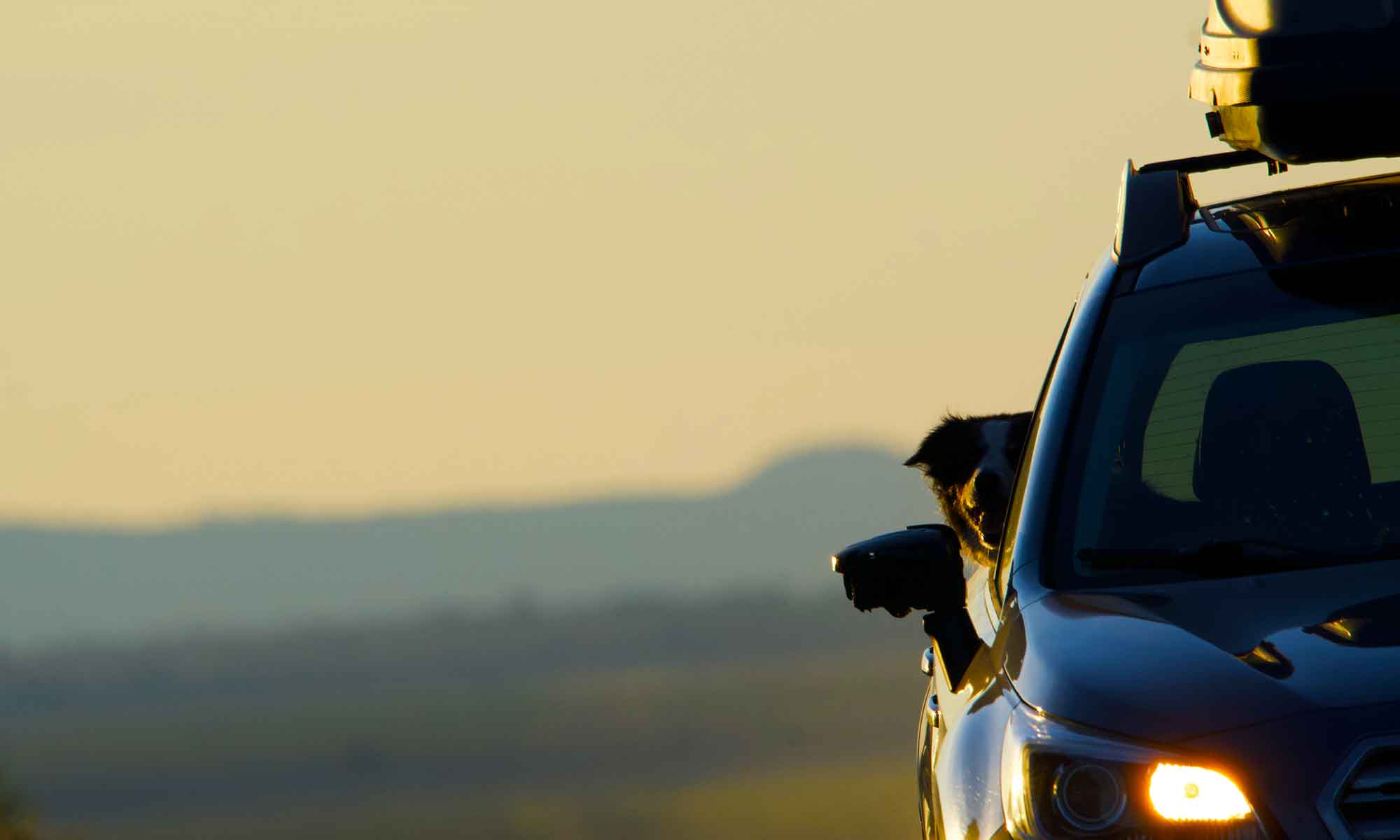
Maybe you noticed the increase in birds around your house. The spring migration is in full flight and millions of birds (222 million last night) were making their way north. It’s the perfect time to see species that don’t typically nest in your area.
Summer Lake Wildlife Refuge is a a major layover spot on the pacific flyway. As regular readers of this blog know we make frequent visits to the refuge, most of which are timed to take advantage of seasonal migrations.



This week we returned to Summer Lake, a second time, to check on the late spring migrators
We found a summer resident, the Red-winged Blackbirds, were already staking claim to cattail patches and singing mating songs.
A pair of Great Egrets were poking around in the reeds and a huge flock of Pelicans were gathered on a pond.

Some Black-necked Stilts were still around, but not nearly as many as last visit.
The new species, for us, were Caspian Terns who seemed to be hunting as they skimmed over the water heads down.


Two other shore birds we’d not seen in pervious trips but got pix of this time were White-faced Ibis and Long-billed Curlew.
Like Stilts, these are waders with long beaks however, they are much larger. Unlike the stilts they were tucked into the reeds and much more difficult to get a good look at or frame for a photo.
This is likely our last trip to Summer Lake until fall. There are too many other adventures to fit in, plus the refuge’s inhabitants are already started to shift from visitors to the regulars.


















































